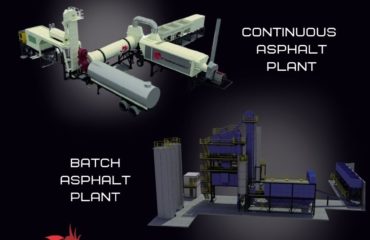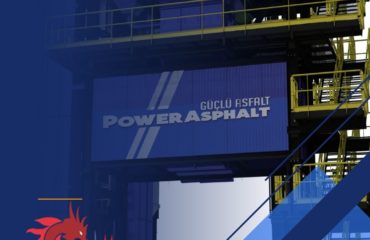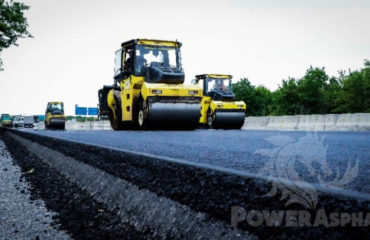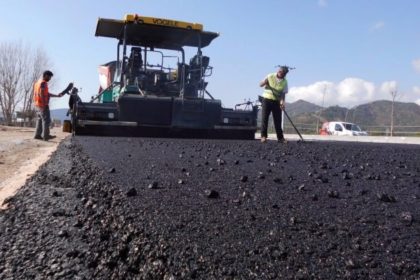
Asphalt is a high quality road construction material, which is a kind of petroleum by-product, that can be used in almost every area where vehicles pass on highways and is asphalted as a result of the correct operation of the asphalt plant.This by-product can have many different hardnesses, from a non-flowing, durable form to a solid form. Today, it has a lot of usage areas, but what we know best is that it operates in the field of road construction. The use of asphalt during the construction of high quality roads increases safety and comfort. However, when there are some differences in road characteristics and asphalt laying, it is necessary to talk about 2 different asphalt types, hot asphalt and cold asphalt.
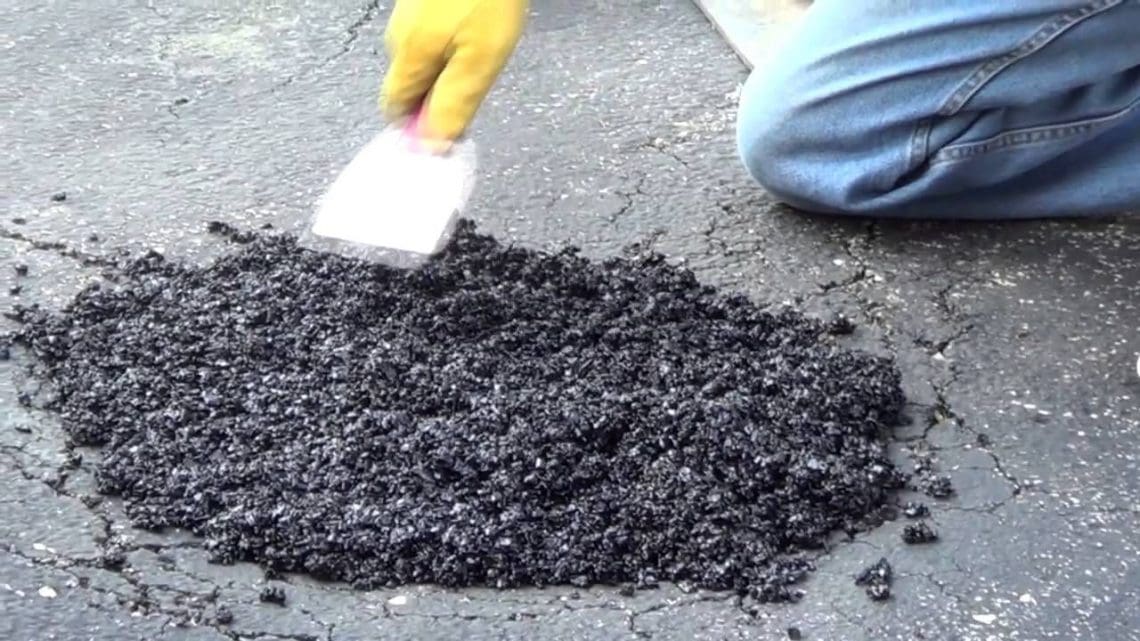
Cold asphalt; It is a type of asphalt known for its lower cost and easier use in cases where it is difficult to use hot asphalt to support the bitumen part damaged due to deterioration and deformation. It is mixed with natural stones such as aggregate/gravel on the road surface and laid in a cold state. It is a very economical option for temporary fixes, minor patches and repairs when the weather conditions are not good. When applying cold asphalt, the area planned to be repaired should be dug adequately. It is important to note that the edge of the excavated pit is cut vertically and the hole must be completely cleaned.After this process, the cold asphalt should be filled into the hole and care should be taken to ensure that it is in the form of a slight mound. Cold asphalt should be compacted with a hammer, shovel, compactor or roller according to the structure of the application area.
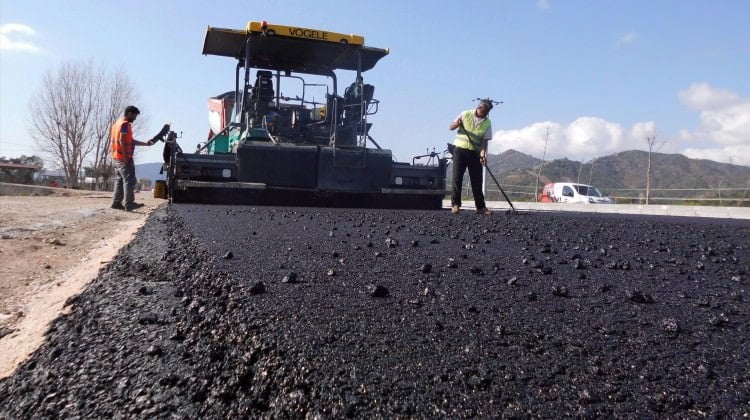
Hot asphalt, on the other hand, is obtained by mixing the bitumen, which has been dried and heated at 145-160ºC and viscous liquefied bitumen by heating to approximately the same temperature, in the asphalt plant in certain proportions, at least 3 different particle size groups, including the aggregate coarse, fine and filler, in accordance with the mixture design ratios.Although the aggregate and bitumen ratios in the mixture vary depending on the layer and properties of the mixture, approximately 95% of the mixture is aggregate and 5% is bitumen. Before the hot mix asphalt is poured, it is heated and poured onto the road above 300°C.Hot mix asphalt is obtained in stationary and mobile asphalt plants.Since the asphalt is heated before it is poured onto the road, its viscosity is reduced.As the viscosity of liquids decreases, flow rates increase.
Hot mix asphalt is weatherproof. Heat absorption of asphalt against wind, floods; melts snow and ice faster than other coating materials.Hot mix asphalt can clear the road because it cools very quickly. In terms of the durance of stationary and mobile asphalt plants, hot mix asphalt is the most durable asphalt type;asphalt; therefore it was used on high-traffic roads and highways.Cold mix asphalt is not strong enough for normal vehicle traffic.
Hot asphalt is flexible.Although cold asphalt is not as strong as hot asphalt, it is much more economical and is an excellent option for temporary fixes when weather conditions are not favorable.You shouldn’t forget that the advantages you will gain by choosing hot asphalt will be quite serious in the long run. Therefore, stationary and mobile asphalt plants should be preferred. When choosing between hot asphalt and cold asphalt, it will be sufficient to consider the seasonal conditions.However, hot asphalt is weatherproof.It has rapid cooling feature and minimizes road shutdown time.Compared to cold mix asphalt, places where hot mix asphalt is applied are more durable.


 Français
Français  Русский
Русский  العربية
العربية  Türkçe
Türkçe 